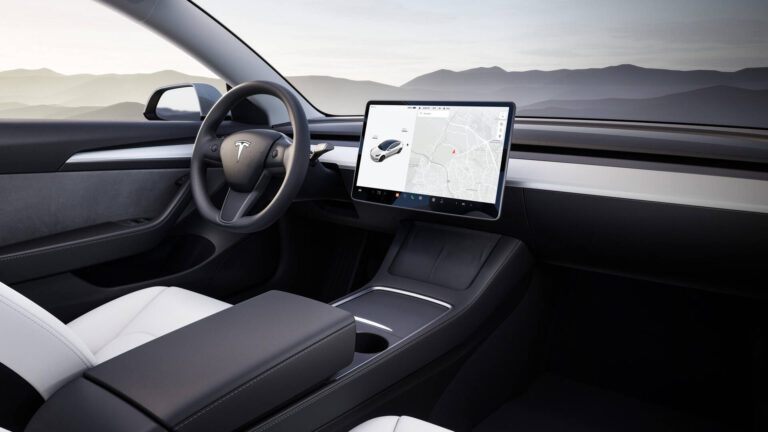Safe Driving Rewards Coverage
Safe Driving Rewards Coverage; In a world where traffic accidents are tragically common, and the consequences can be devastating, promoting safe driving practices is paramount. While laws, regulations, and enforcement efforts play crucial roles in improving road safety, insurance companies have also begun to play a significant part through the introduction of Safe Driving Rewards Coverage. This innovative approach aims not only to mitigate risks for insurers but also to encourage and reward drivers for their responsible behavior behind the wheel. In this comprehensive article, we delve into the concept of Safe Driving Rewards Coverage, exploring its benefits, mechanisms, challenges, and the broader implications for road safety.
Understanding Safe Driving Rewards Coverage
Safe Driving Rewards Coverage, also known as usage-based insurance (UBI) or telematics insurance, represents a departure from traditional insurance models. Instead of relying solely on demographic factors such as age, gender, and location to determine premiums, this approach incorporates real-time data collected from sensors installed in vehicles or through smartphone apps. These sensors monitor various aspects of driving behavior, including speed, acceleration, braking, cornering, and even the time of day when driving occurs.
By analyzing this data, insurers gain valuable insights into individual driving habits, allowing them to assess risk more accurately. Drivers who exhibit safer behavior, such as adhering to speed limits, maintaining consistent speeds, and avoiding sudden maneuvers, are rewarded with lower premiums or other incentives.
The Benefits of Safe Driving Rewards Coverage
- Improved Road Safety: Perhaps the most significant benefit of Safe Driving Rewards Coverage is its potential to enhance road safety. By incentivizing responsible behavior, such as avoiding distractions, obeying traffic laws, and practicing defensive driving techniques, this approach can contribute to a reduction in accidents, injuries, and fatalities.
- Fairness and Equity: Unlike traditional insurance models that rely heavily on demographic factors, Safe Driving Rewards Coverage focuses on individual behavior. This shift promotes fairness and equity by ensuring that premiums reflect actual risk rather than broad stereotypes or statistical averages.
- Cost Savings: For drivers who consistently demonstrate safe behavior, the financial rewards can be substantial. Lower premiums translate into direct cost savings, providing an incentive for continued adherence to safe driving practices.
- Feedback and Awareness: Telematics systems provide drivers with real-time feedback on their driving behavior, highlighting areas for improvement and raising awareness of risky habits. Over time, this feedback loop can lead to positive changes in behavior and a greater emphasis on safety behind the wheel.
- Environmental Impact: Safe driving habits often coincide with eco-friendly driving practices, such as smooth acceleration, moderate speeds, and reduced idling. By promoting these behaviors, Safe Driving Rewards Coverage can contribute to lower fuel consumption, reduced emissions, and a smaller environmental footprint.
Mechanisms of Safe Driving Rewards Coverage
Safe Driving Rewards Coverage operates through a combination of data collection, analysis, and incentive mechanisms. The process typically involves the following steps:
- Data Collection: Telematics devices or smartphone apps collect data on various aspects of driving behavior, including speed, acceleration, braking, and location. This data is transmitted to the insurer’s servers for analysis.
- Data Analysis: Insurers use sophisticated algorithms to analyze the collected data and assess the level of risk associated with each driver. Factors such as frequency of hard braking, adherence to speed limits, and time of day driving are considered in this analysis.
- Premium Adjustment: Based on the analysis of driving behavior, insurers adjust premiums accordingly. Drivers who demonstrate safer habits receive discounts or other rewards, while those with riskier behaviors may see their premiums increase.
- Feedback and Incentives: Insurers often provide drivers with feedback on their driving performance, highlighting areas for improvement and offering incentives for maintaining safe behaviors. These incentives may include premium discounts, cash rewards, gift cards, or other perks.
Challenges and Considerations in Safe driving rewards coverage
While Safe Driving Rewards Coverage offers numerous benefits, it also presents several challenges and considerations:
- Privacy Concerns: The collection of real-time driving data raises significant privacy concerns. Drivers may be hesitant to participate in telematics programs out of fear that their personal information could be misused or compromised.
- Data Accuracy: The accuracy of telematics data is crucial for the effectiveness of Safe Driving Rewards Coverage. Factors such as GPS signal strength, sensor calibration, and software glitches can affect the reliability of the data collected.
- Equity Issues: While Safe Driving Rewards Coverage aims to promote fairness and equity, there is a risk that certain demographic groups may be disproportionately impacted. For example, drivers with limited access to technology or those who cannot afford newer vehicles with built-in telematics systems may be at a disadvantage.
- Behavioral Changes: Some critics argue that the incentives offered through Safe Driving Rewards Coverage may lead to short-term changes in behavior rather than long-term habits. Drivers may alter their behavior temporarily to qualify for rewards, only to revert to riskier habits once the incentives are no longer available.
- Regulatory Considerations: As telematics technology continues to evolve, regulators face the challenge of ensuring that appropriate safeguards are in place to protect consumer privacy and prevent abuse of collected data. Clear guidelines and regulations are needed to govern the use of telematics data in insurance practices.
The Future of Safe Driving Rewards Coverage
Despite these challenges, Safe Driving Rewards Coverage represents a promising approach to promoting road safety and incentivizing responsible driving behavior. As technology advances and data analytics become more sophisticated, insurers have the opportunity to refine their telematics programs and offer increasingly personalized incentives.
Moreover, the growing prevalence of connected vehicles and the Internet of Things (IoT) opens up new possibilities for integrating telematics data into broader transportation systems. By sharing anonymized data with city planners, traffic engineers, and law enforcement agencies, insurers can contribute to the development of smarter, safer, and more efficient transportation networks.
Conclusion on Safe driving rewards coverage
Safe Driving Rewards Coverage has the potential to revolutionize the insurance industry and make significant strides toward improving road safety. By harnessing the power of data and technology, insurers can reward drivers for their responsible behavior behind the wheel, ultimately saving lives, reducing accidents, and creating safer roads for all. However, addressing privacy concerns, ensuring data accuracy, and promoting equity will be essential for realizing the full potential of this innovative approach. With careful planning, collaboration, and regulatory oversight, Safe Driving Rewards Coverage can pave the way toward a future where safe driving is not only encouraged but also celebrated and rewarded.





